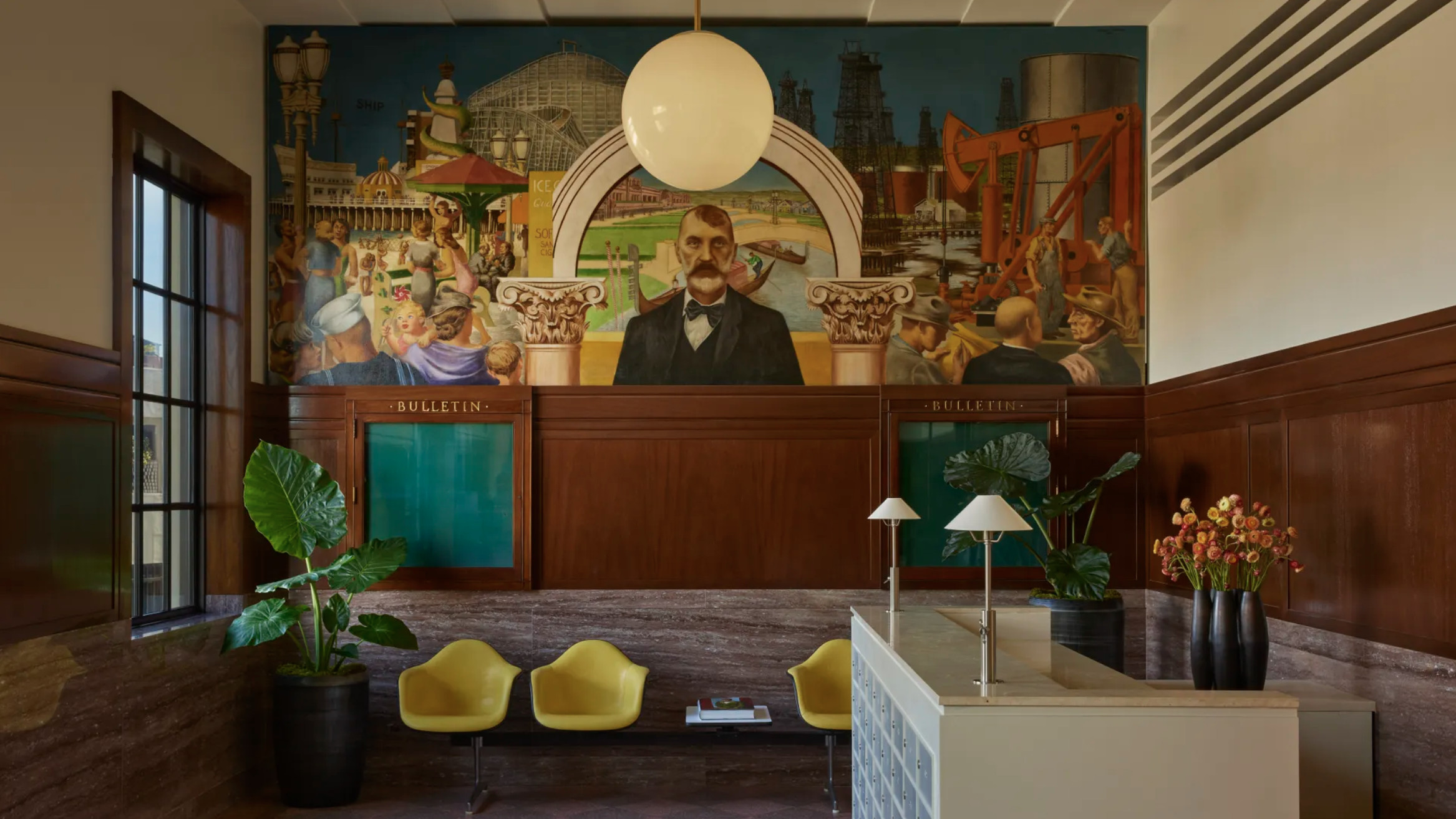Flexform’s ‘Supermax’ sofa is a contemporary scene stealer
Antonio Citterio and Flexform’s new sofa updates the 1980s ‘Max’, but loses none of its stage presence

In partnership with Flexform
When Italian designer Antonio Citterio conceived the now-iconic ‘Max’ sofa for Flexform back in 1983, it was the first time he had incorporated organic forms into a more traditional structure. ‘Until the end of the 1970s, I had always followed two schools of thought: the American way of the Eameses, and the rationalist one of Giuseppe Terragni,’ he explains.
‘I worked with designs that were symmetrical and perpendicular. With the “Max”, I confronted the idea of being asymmetrical, with a “freer” form. At the same time, it still feels like my work in terms of memories of the rationalist school of thought.’

The ‘Supermax’ sofa has been redesigned and enhanced to allow for more domestic use
The sofa’s sculptural design is defined by a kidney bean-shaped seating platform resting on a tubular frame, with an off-centre cylindrical backrest. It acquired legendary status after Flexform released a series of images of a version with a striped backrest at the base of the spiral staircase at Milan’s Triennale. Photographed by Gabriele Basilico, under the art direction of Natalia Corbetta, the sofa appeared to be both in harmony and in contrast with the architecture.
Flexform ‘Supermax’ sofa reimagines a classic

The new design retains the stage presence of the original
Citterio and Flexform recently joined forces to revisit the idea of the ‘Max’, conceiving the ‘Supermax’ sofa (captured here at Milan’s Teatro Continuo) as a contemporary interpretation of the original 1983 version. ‘It started with us planning an exhibition to showcase photographs of Flexform’s products,’ recalls Citterio. ‘Looking through the materials, we asked ourselves, why not launch “Max” again?’
While maintaining the distinctive character of the original, the contemporary version has been reimagined to allow for more domestic use, with the frame lowered and the seat redesigned and enhanced with additional padding (an outdoor version is also available). ‘It is no longer a sofa from the early 1980s, as this was an object whose function was “conditional”, it wasn’t directly for resting or relaxing; “Supermax” today can be for resting and relaxing,’ says Citterio.

While ‘Max’ was a social piece of furniture, a sculptural presence in a space, ideally intended for use in waiting rooms, offices and executive lounges, the ‘Supermax’ is more open-ended, able to adapt to public and private environments with the same ease, and aspiring to a more central and multifunctional living room role.
‘The “Max” is for waiting: you can sit down and wait for someone, or talk with someone briefly,’ says Citterio. ‘But it does not become personal. The “Supermax”, on the other hand, can really become yours.’
Wallpaper* Newsletter
Receive our daily digest of inspiration, escapism and design stories from around the world direct to your inbox.
Rosa Bertoli was born in Udine, Italy, and now lives in London. Since 2014, she has been the Design Editor of Wallpaper*, where she oversees design content for the print and online editions, as well as special editorial projects. Through her role at Wallpaper*, she has written extensively about all areas of design. Rosa has been speaker and moderator for various design talks and conferences including London Craft Week, Maison & Objet, The Italian Cultural Institute (London), Clippings, Zaha Hadid Design, Kartell and Frieze Art Fair. Rosa has been on judging panels for the Chart Architecture Award, the Dutch Design Awards and the DesignGuild Marks. She has written for numerous English and Italian language publications, and worked as a content and communication consultant for fashion and design brands.
-
 Isolation to innovation: Inside Albania’s (figurative and literal) rise
Isolation to innovation: Inside Albania’s (figurative and literal) riseAlbania has undergone a remarkable transformation from global pariah to European darling, with tourists pouring in to enjoy its cheap sun. The country’s glow-up also includes a new look, as a who’s who of international architects mould it into a future-facing, ‘verticalising’ nation
By Anna Solomon
-
 The Lighthouse draws on Bauhaus principles to create a new-era workspace campus
The Lighthouse draws on Bauhaus principles to create a new-era workspace campusThe Lighthouse, a Los Angeles office space by Warkentin Associates, brings together Bauhaus, brutalism and contemporary workspace design trends
By Ellie Stathaki
-
 Extreme Cashmere reimagines retail with its new Amsterdam store: ‘You want to take your shoes off and stay’
Extreme Cashmere reimagines retail with its new Amsterdam store: ‘You want to take your shoes off and stay’Wallpaper* takes a tour of Extreme Cashmere’s new Amsterdam store, a space which reflects the label’s famed hospitality and unconventional approach to knitwear
By Jack Moss